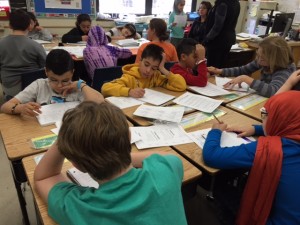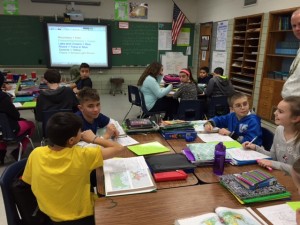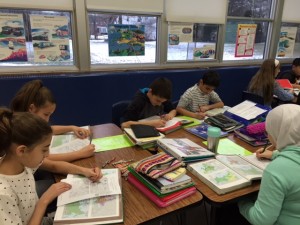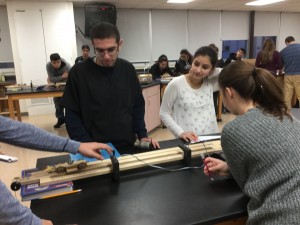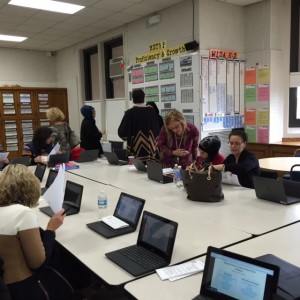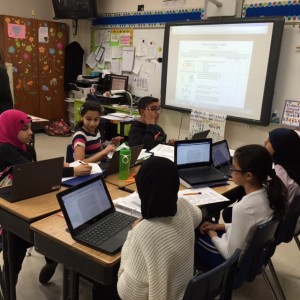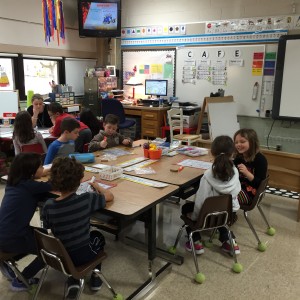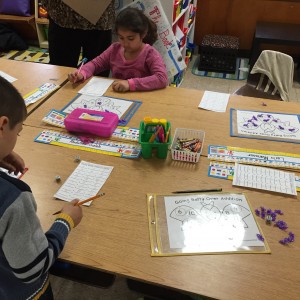Circle of Friends at Bryant Middle School Written by Nicole Mark
The Circle of Friends is something we have used at Bryant for at least 10 years. It started with a book a parent, whose daughter had a physical impairment, loaned me, the school social worker. Because she looked different, she had never developed a close friendship despite being in 7th grade. This book talked about the valuable lessons you gain from friendships…lessons that a social worker, teacher, or other adult could not possibly provide.
The Statewide Autism Resources and Training Project (START) training that many social workers attended years back taught about Peer to Peer support which, is basically the same concept for students with autism. To quote the presenter, “There is a window of opportunity, while students with Autism are at school, to increase their socialization and independence”. There will be no other time in the student’s life where he/she will be surrounded by 800 of their peers 5 days per week. With a little guidance through Peer to Peer, socialization skills can grow in leaps and bounds.
To start a Circle of Friends, recruit peers from the focus student’s classes. Choose some kids with leadership skills who are respected by their peers and won’t be too shy to go outside of their comfort zone. Even students who have occasionally used those skills in a negative way are more beneficial to the group than a quiet, straight A, “teacher’s pet” type. Remember, kids respect peers for different reasons than adults might.
Begin meeting with the group weekly, including the focus student, to case conference. Answer the questions:
1. What positive behaviors have you noticed since last week?
2. What behaviors need to change? (This includes how others are treating the student).
3. Brainstorm regarding how to deal with the negatives.
4. Which ideas will you try before the next meeting?
I allow 20 minutes for these meetings and rotate which class I pull students from. The real work occurs outside of group when students start to acknowledge the focus student in the hallway, at lunch and in class, when previously, the student was socially invisible. The magic happens when kids start to include the student during the football game in PE class or when they stop swimming to hold their peer’s hand while he very reluctantly jumps into the deep end of the pool. The miracle happens when peers start to make plans for after school and weekends to hang out with their new friend.
Just ask Samir, who has Autism. He is a focus student this year who despite his own fears, jumps into the deep end of the pool now. He describes the benefits of Circle of Friends as, “Finding a new friend”. When asked, he said, “I am so lucky…and my friends are so lucky!” Or you can talk to Andre who also has Autism. He will tell you, “I believe I’m becoming quite popular”. He had a Halloween party last October and invited peers (most attended) and only one teacher. The peers say, “It’s a fun way to learn social skills and the people helping find it fun too.”
At Bryant, we focus not only on students with special education needs but also general education students who struggle socially. Research shows that the students most likely to be victims of bullying are those who are socially isolated. We work to put a stop to social isolation.


